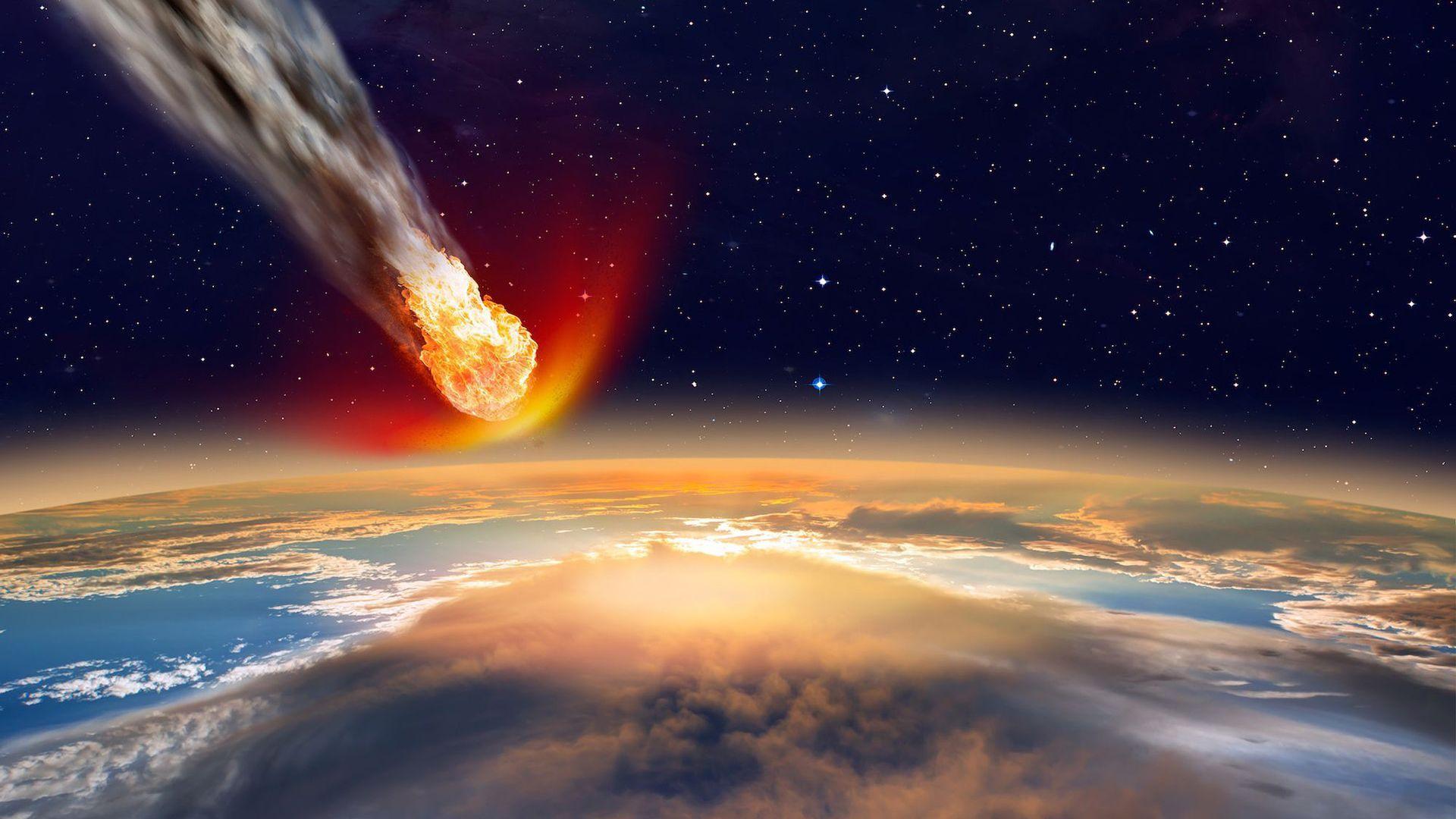More animal species have gone extinct in the last 500 years than in the last 20 million years combined. And incredible creatures like lions, whales, tigers and elephants that used to roam freely in huge numbers are now approaching extinction. The number of wild lions has dropped 95% since only the 1950s. With 75% of all species expected to disappear in the next 300 years, scientists believe that we’re experiencing the sixth mass extinction on Earth. And it’s the fastest one ever recorded.
Many of the previous extinctions lasted hundreds of thousands and even millions of years. But this one seems to be happening in the blink of an eye. While scientists have found this is due to human activities, the causes for the other five mass extinctions aren’t so crystal clear. The most recent K-T extinction wiped out the dinosaurs 65 million years ago. And the general consensus is that an asteroid impact in Mexico is what caused it, but many scientists also point to major volcanic eruptions in India as a likely cause.
Both of these catastrophes would’ve stirred up so much dust and debris that they’d block out sunlight, which is necessary for all kinds of life. But how did dinosaurs die, while creatures like frogs, alligators, birds, and lizards survived? We may never know, but selectiveness is a theme in mass extinctions.
During the Triassic-Jurassic extinction about 200 million years ago, there was a mass die off of marine creatures and amphibians, but interestingly, plants weren’t really affected. About three quarters of all living species went extinct during this event. It’s thought that this was caused by a massive influx of carbon dioxide from major volcanic activity that acidified the oceans and raised air temperatures.
Before that, there was the Permian mass extinction which has ever so pleasantly been nicknamed “The Great Dying”. This was the worst extinction event, wiping out 95% of all species on Earth, including insects which is very rare. High CO2 levels in the ocean, massive influxes of methane from sea beds and permafrost, and volcanic eruptions are all considered Possible causes.
Going back even further, we find the Late Devonian extinction about 360 million years ago. This extinction was especially prolonged, lasting about 20 million years, and about 75% of all species were killed off. Marine life were especially affected due to a lack of oxygen in the oceans, but sharks survived though, so that’s… good I guess. There are lots of things that could’ve prompted this - from changing sea levels to new plants altering soil environments.
The very first mass extinction we know of is the Late Ordovician extinction that took place 450 million years ago. Around this time, a huge ice age caused sea levels to drop, ocean currents to reroute, and oxygen levels in the water to drop drastically. At this point, almost all life still lived in the sea and these events caused 85% of all marine plants and animals to go extinct. Some creatures like trilobites and brachiopods survived though.
But the big question is, will humans die off in this current extinction? The answer really depends on how plants fare in this war. They provide us with food and medicine, and absorb an incredible amount of CO2, keeping global warming a bit more at bay. But it’s thought that if plants reach major extinction levels, humans could be next. So get out there and water those plants like your life depends on it, because it actually does this time.




